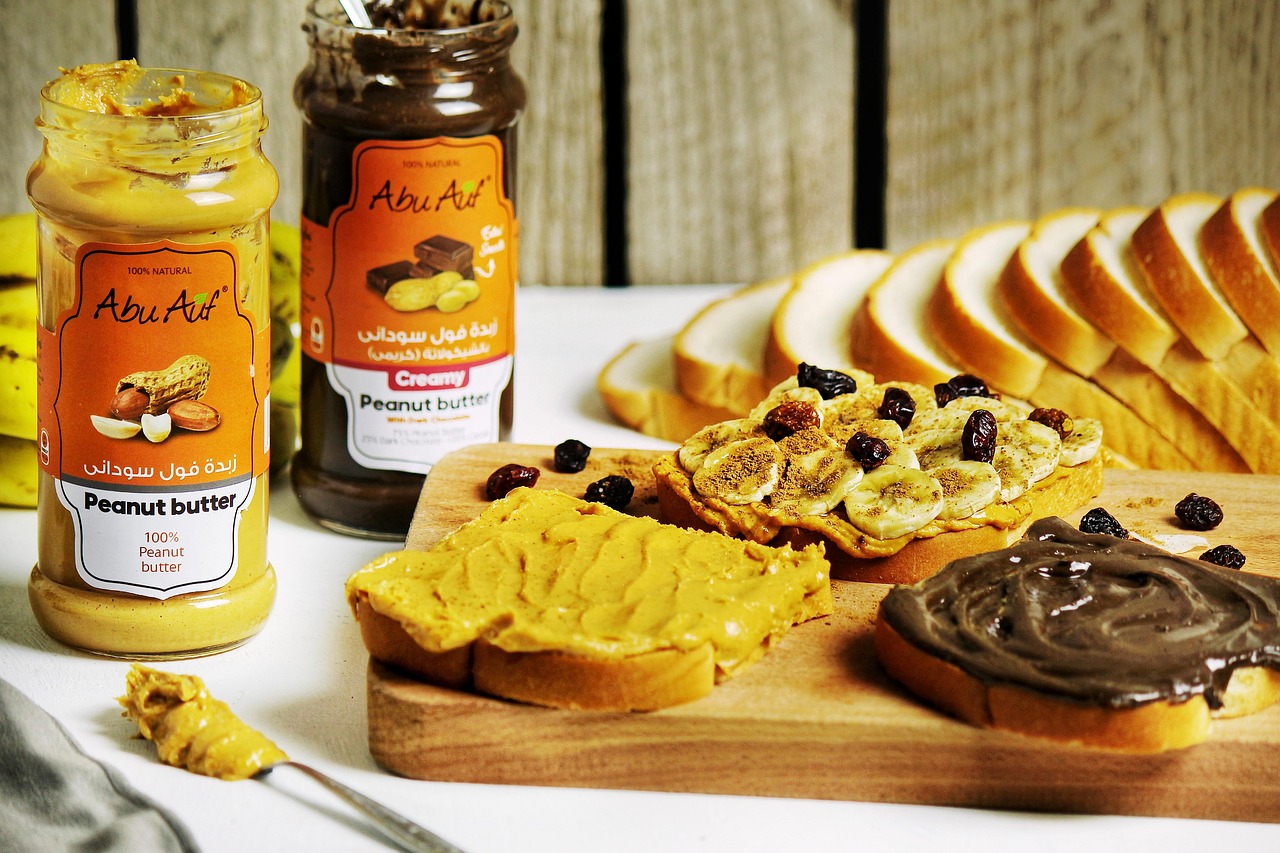10 Pantry Staples You Should Check for Expired Dates

Your pantry might look stocked, but not everything in it is safe or flavorful anymore. Even shelf-stable foods eventually lose freshness, nutrients, and taste. Oils can turn bitter, spices lose their aroma, and grains go stale. A regular pantry audit saves money and ensures every ingredient you grab still performs as it should. By checking dates, sealing containers, and rotating supplies, you can keep your kitchen safe and efficient. Here are ten pantry staples worth checking for expired or stale dates today.
1. Cooking Oils
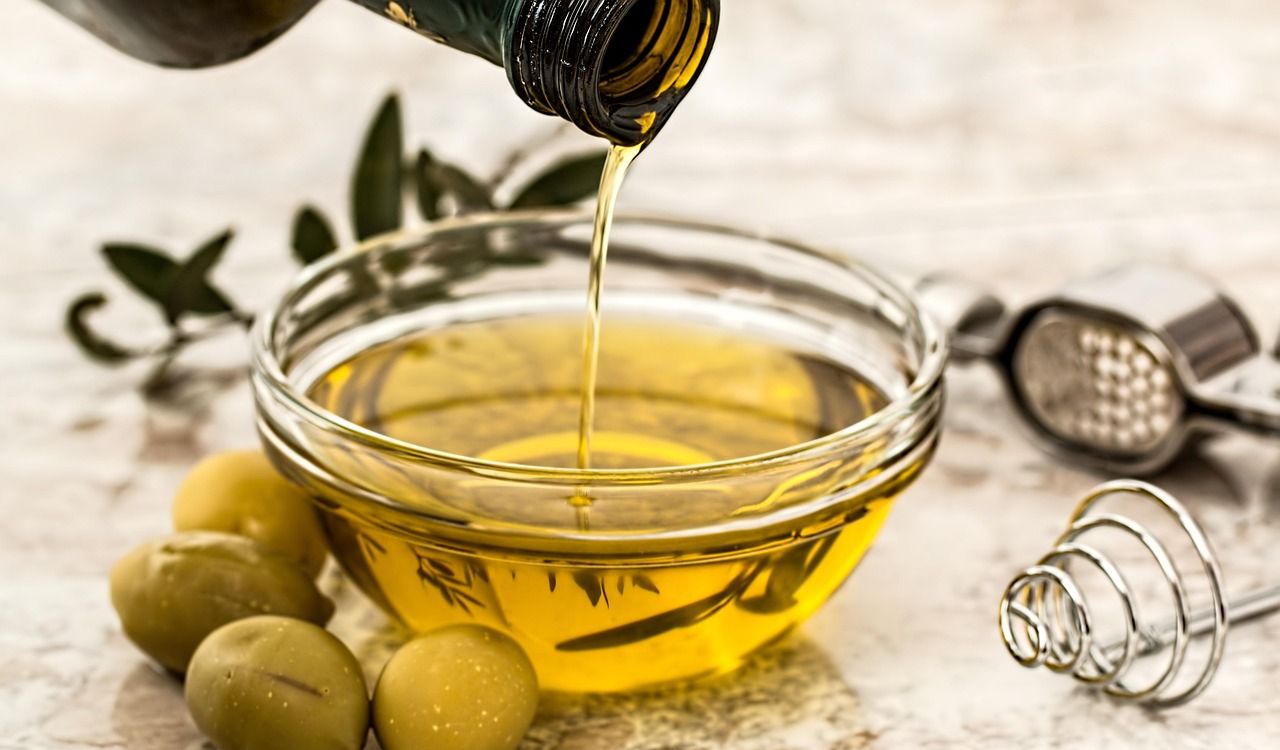
Cooking oils may look fine for months, but they can quietly go rancid. When oils are exposed to heat, light, or air, they oxidize, developing an unpleasant smell and bitter flavor. Olive, canola, and vegetable oils usually last 6 to 12 months once opened, while unopened bottles can last up to 18 months in a cool pantry. Rancid oils are not dangerous but can affect digestion and ruin food flavor. Always seal bottles tightly and store them away from heat sources or direct sunlight.
2. Flour
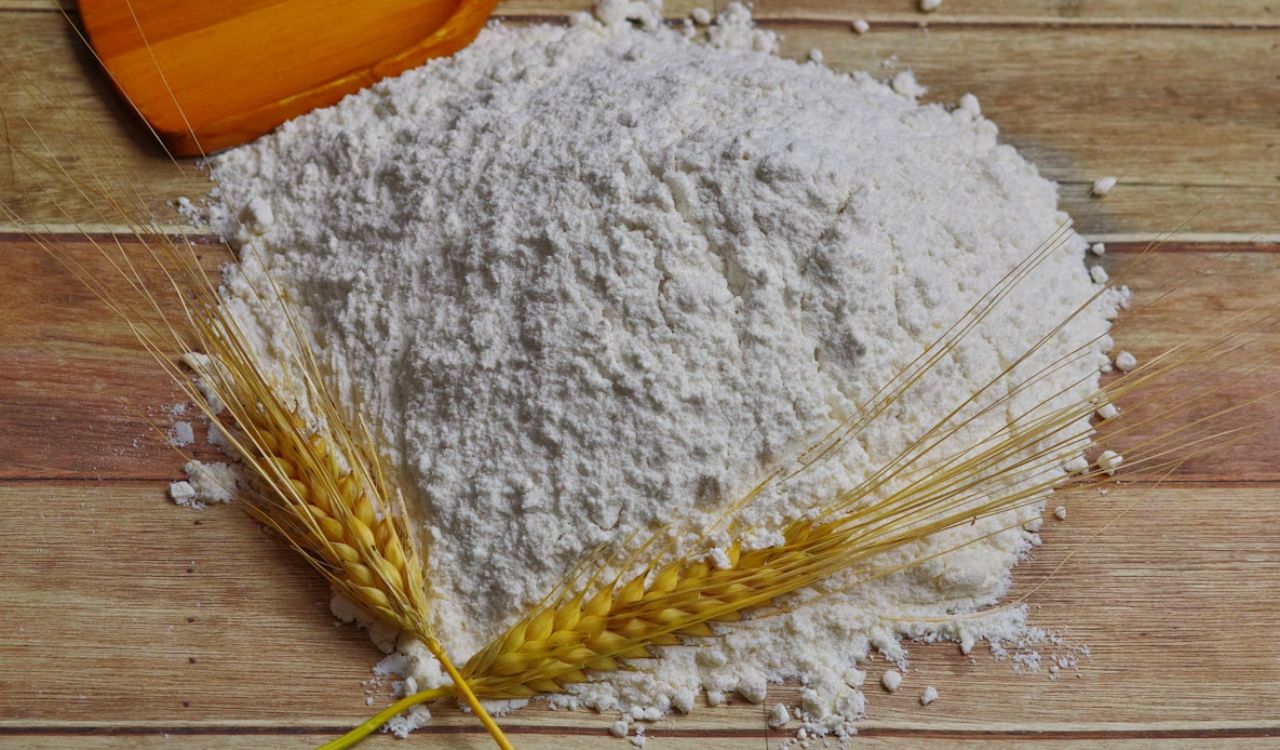
Flour may appear harmless, yet it deteriorates faster than most realize. White flour typically lasts about 12 months, while whole wheat flour spoils in 3 to 6 months because its natural oils oxidize quickly. Spoiled flour can smell sour, musty, or even slightly sweet. Storing it in airtight containers protects it from moisture, pests, and odor transfer. For longer preservation, refrigerate or freeze flour in sealed bags. Regularly rotating your supply ensures you bake with flour that still produces light, flavorful results.
3. Spices and Seasonings
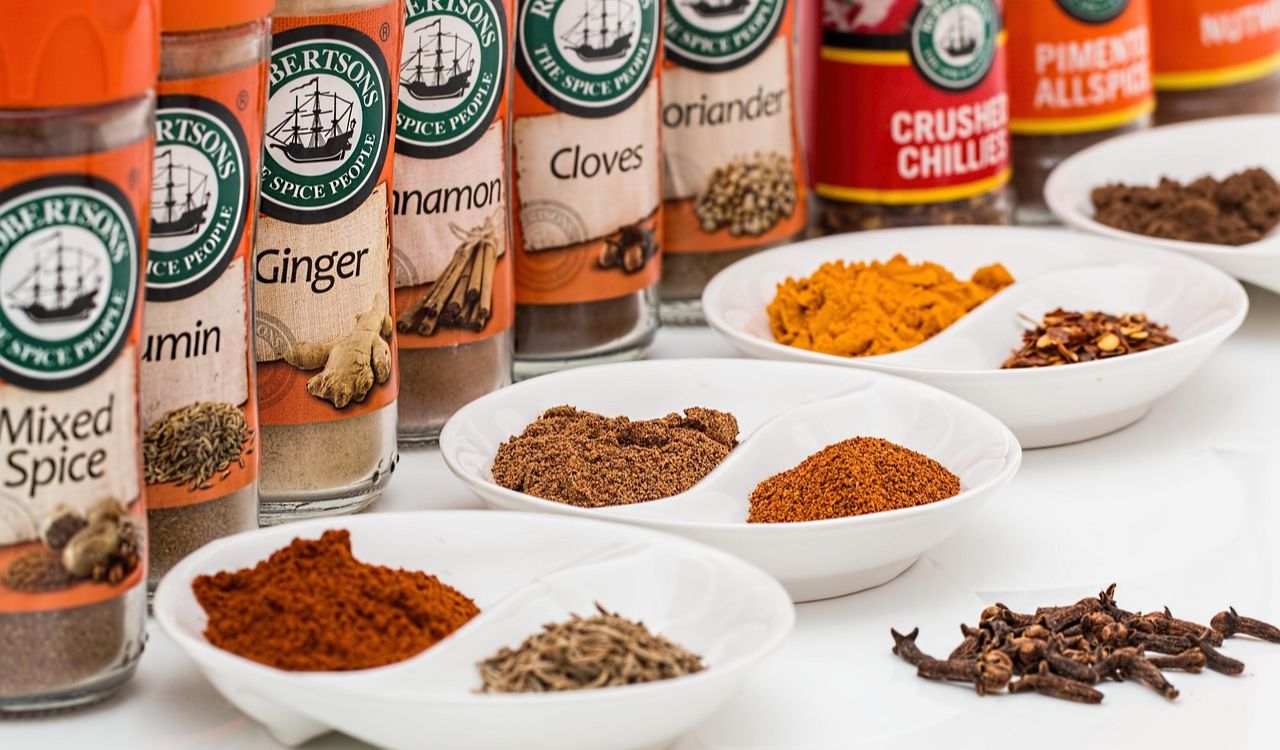
Spices don’t usually become unsafe, but they lose their flavor and aroma with time. Ground spices keep their punch for up to 2 years, while whole spices can stay fragrant for 3 or 4. If they smell faint or taste flat, it’s time to restock. Heat, light, and moisture cause essential oils in spices to fade, so store them away from the stove in airtight jars. Refreshing your spice rack every year keeps dishes lively, aromatic, and perfectly seasoned.
4. Canned Goods

Canned foods are long-lasting but not everlasting. Most remain safe for 1 to 4 years if stored properly. Acidic foods like tomatoes and fruits spoil faster than beans or vegetables. Any can that’s bulging, leaking, or rusted should be discarded immediately to avoid foodborne illness. Always check for dents that could compromise the seal. Store cans in a cool, dry space and rotate stock regularly. Even though many cans stay edible past their date, flavor and texture decline over time.
5. Baking Powder and Baking Soda

Leavening agents such as baking powder and baking soda lose effectiveness with age. Expired products won’t help your cakes rise or cookies fluff up. Baking powder stays active for about a year, while baking soda can last up to two years in a dry, airtight container. To test freshness, mix a teaspoon with vinegar or hot water. A strong fizz means it’s still usable. Keep both products sealed tightly to avoid moisture exposure, ensuring your baked goods stay light and airy.
6. Rice and Grains
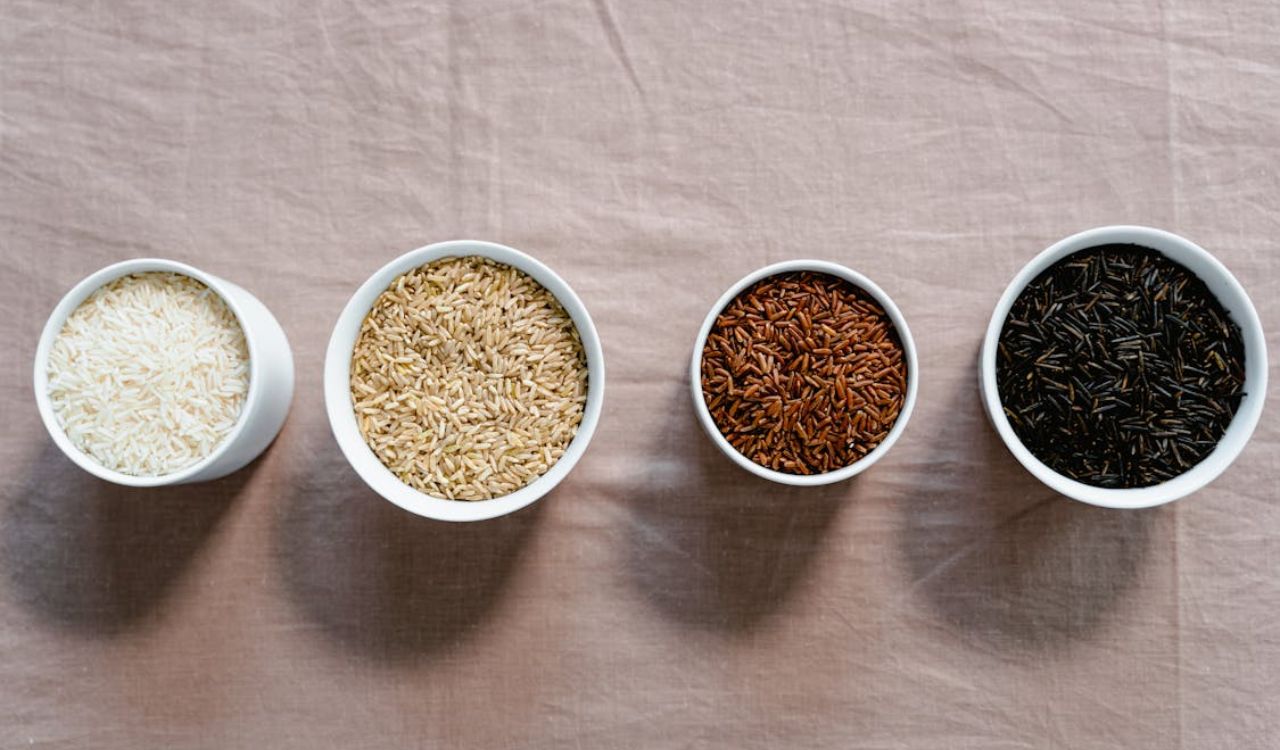
Dry grains can last for years, but oils in whole grains eventually turn rancid. White rice stays good for up to two years, while brown rice and quinoa last about six months before losing flavor or developing a stale smell. Always check for off odors or small insects before cooking. Store grains in airtight containers away from moisture and sunlight. For longer storage, freeze them in sealed bags. Rotating stock and labeling purchase dates help you maintain quality and taste.
7. Pasta
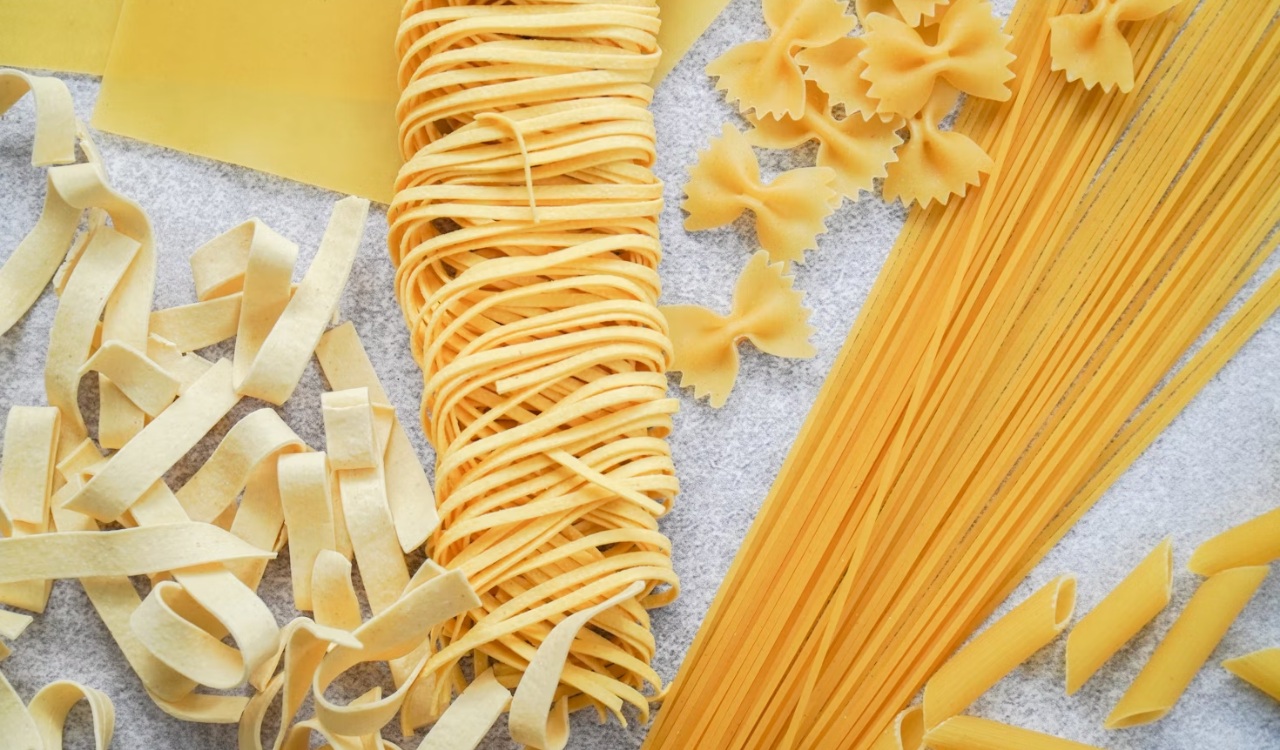
Dry pasta has an impressive shelf life but is not immune to time. Unopened pasta can last up to two years past its printed date, while opened packages stay fresh for about a year. Over time, pasta can become brittle, lose its flavor, or attract pantry pests. Discard any pasta that smells musty, feels sticky, or has visible mold or bugs. Whole-grain versions spoil faster because of their natural oils. Keep pasta sealed in a cool, dry area to preserve texture and taste.
8. Nuts and Seeds
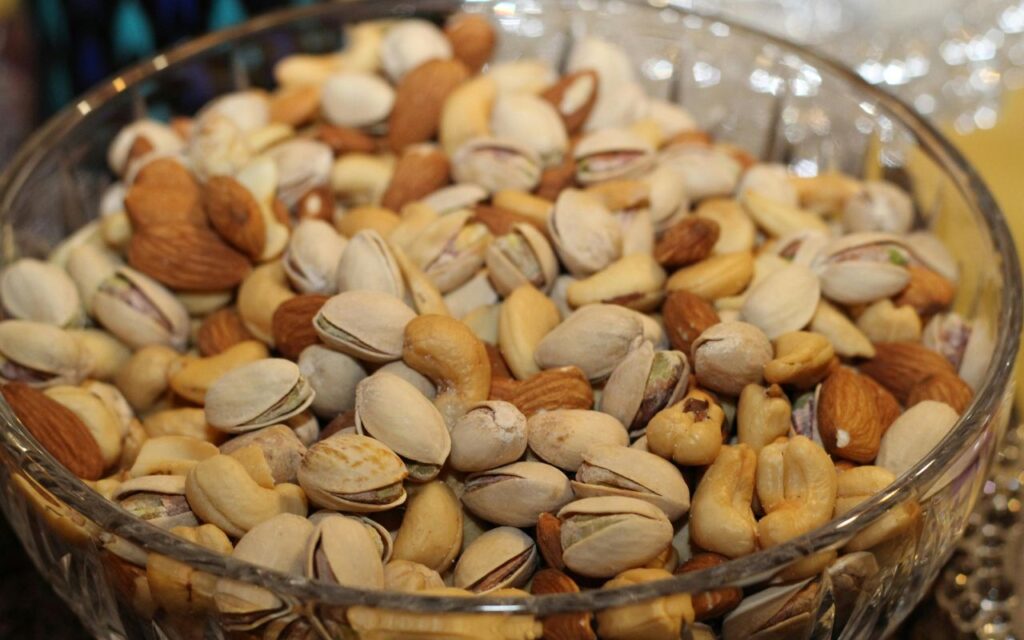
Nuts and seeds are nutrient-rich but highly perishable due to their healthy fats. They generally last about six months in the pantry, a year in the fridge, and up to two years frozen. Rancid nuts have a bitter or soapy taste and an unpleasant smell. Though not harmful, they can ruin recipes. To preserve freshness, store nuts in airtight containers and avoid heat exposure. Buying smaller batches more often ensures you always have crunchy, flavorful nuts ready for snacks or cooking.
9. Condiments and Sauces
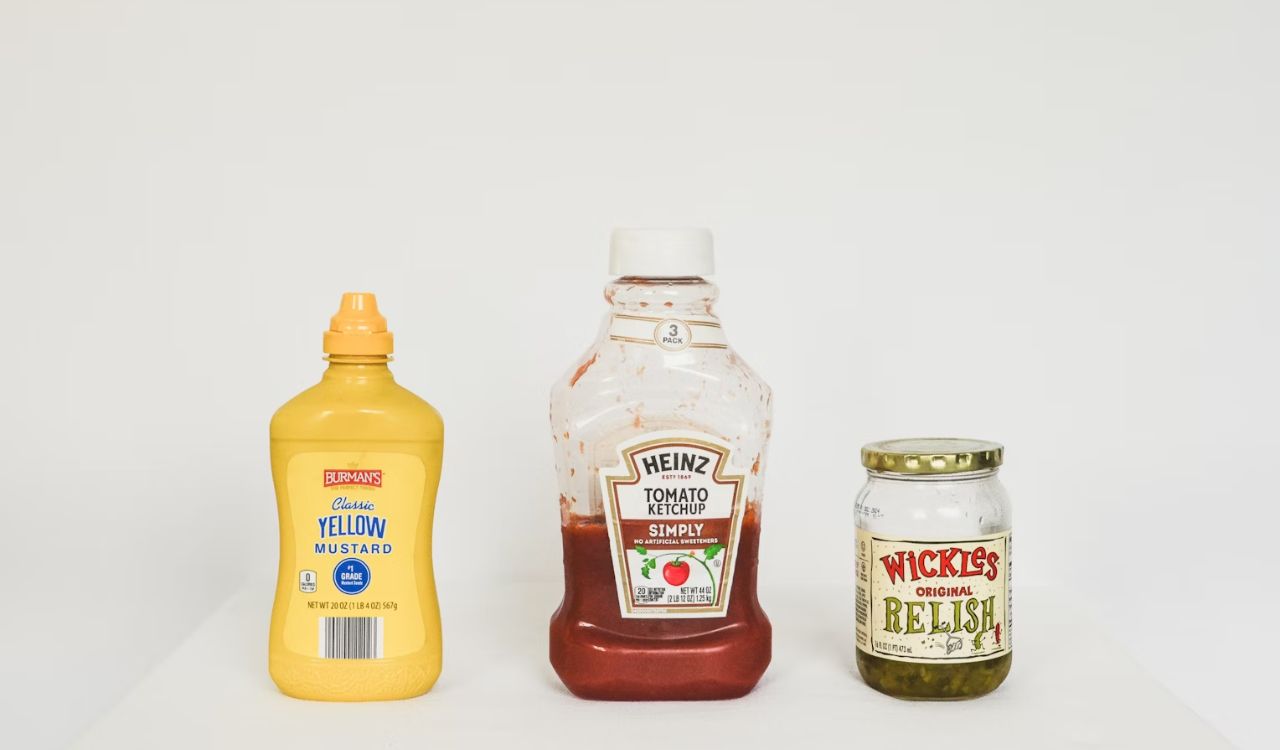
Once opened, condiments such as ketchup, mustard, and soy sauce slowly lose flavor and texture. Most last six months to a year in the refrigerator, while vinegar-based sauces keep slightly longer. Signs of spoilage include color changes, watery separation, or sour smells. Writing the opening date on bottles helps track freshness. Keeping lids clean and containers sealed tightly prevents contamination. Replacing older condiments regularly ensures your sauces enhance meals instead of adding off flavors or unwanted bacteria.
10. Dried Beans and Lentils
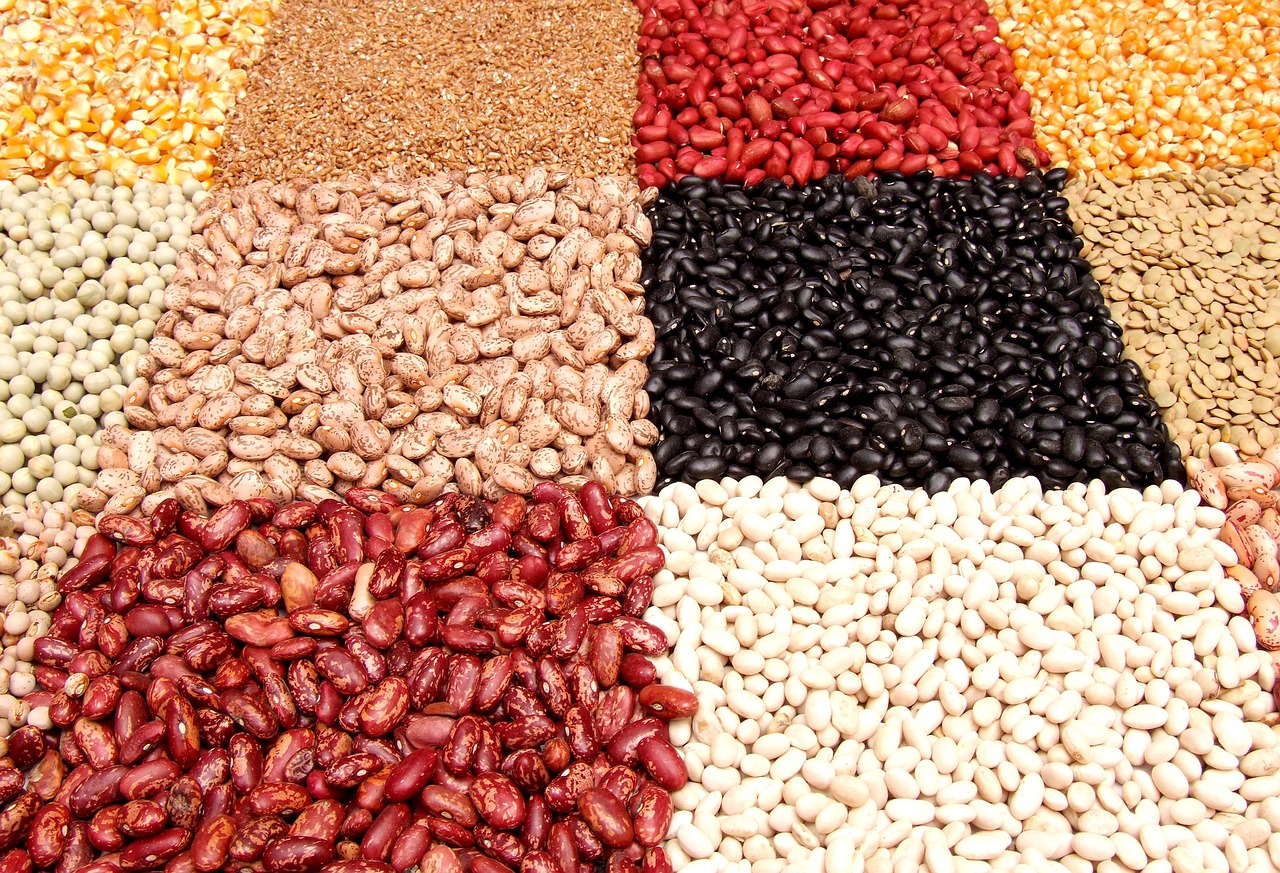
Dried beans and lentils are long-lasting, but after two years, they start to harden and cook unevenly. While still safe, older beans take much longer to soften and may never reach the right texture. Store them in airtight containers to avoid moisture and insect contamination. If beans look dull, dusty, or smell earthy, replace them with a fresh batch. Rotating your supply every year ensures rich flavor, better consistency, and reliable cooking results in soups, stews, and casseroles.


